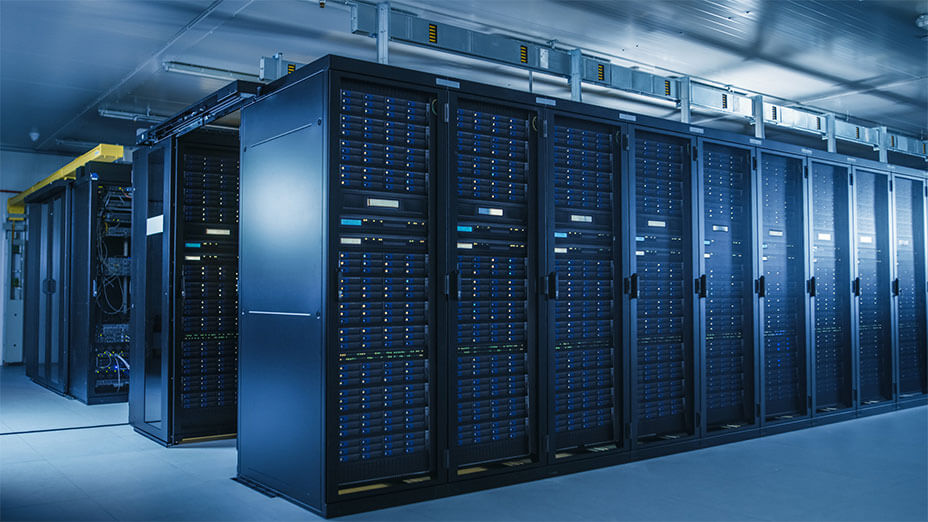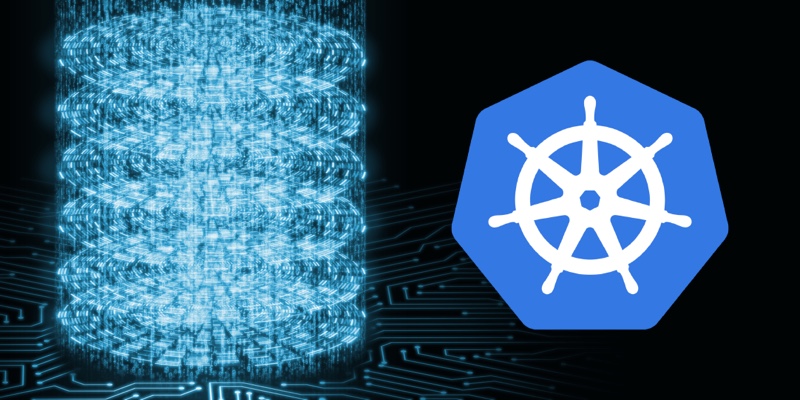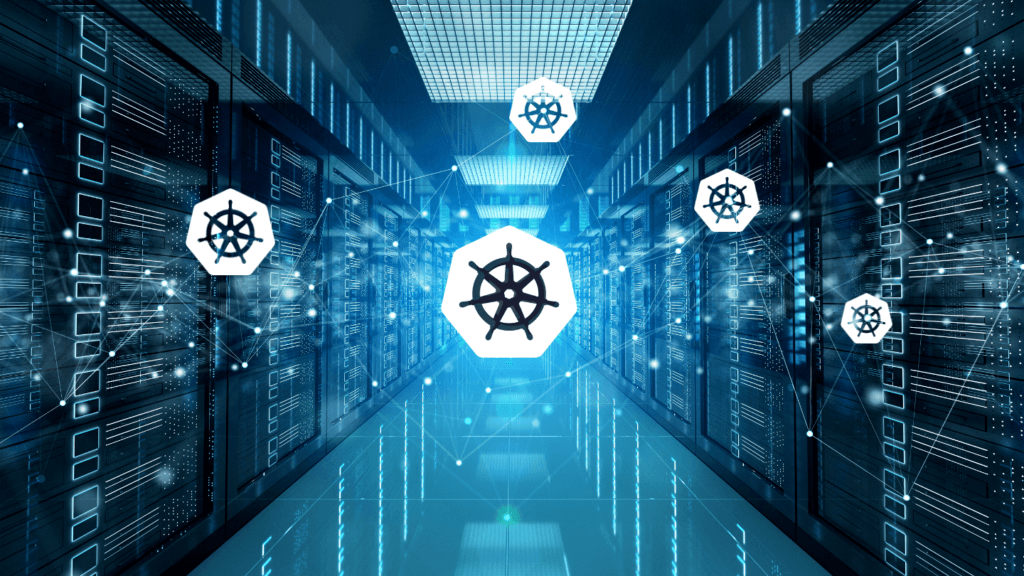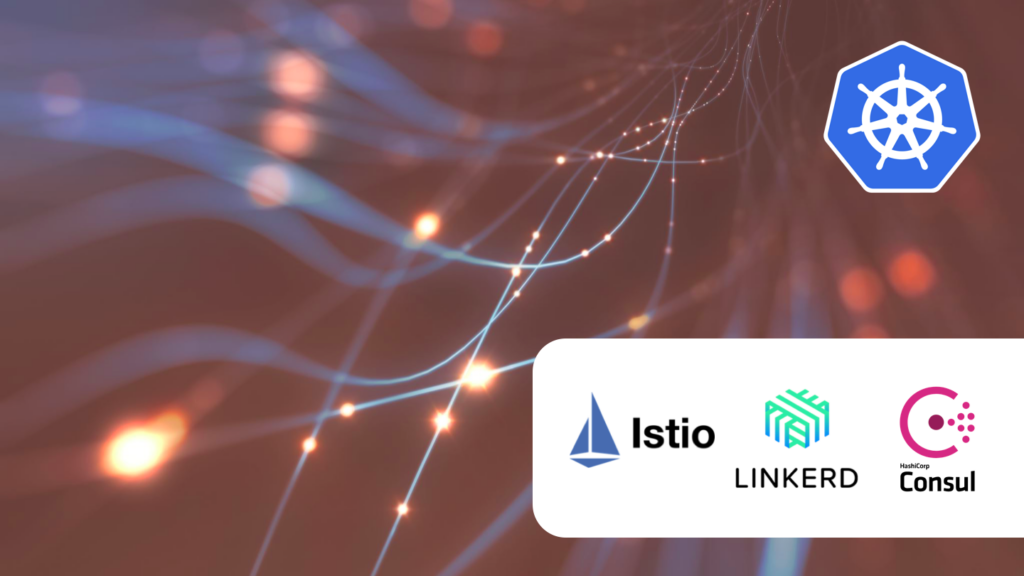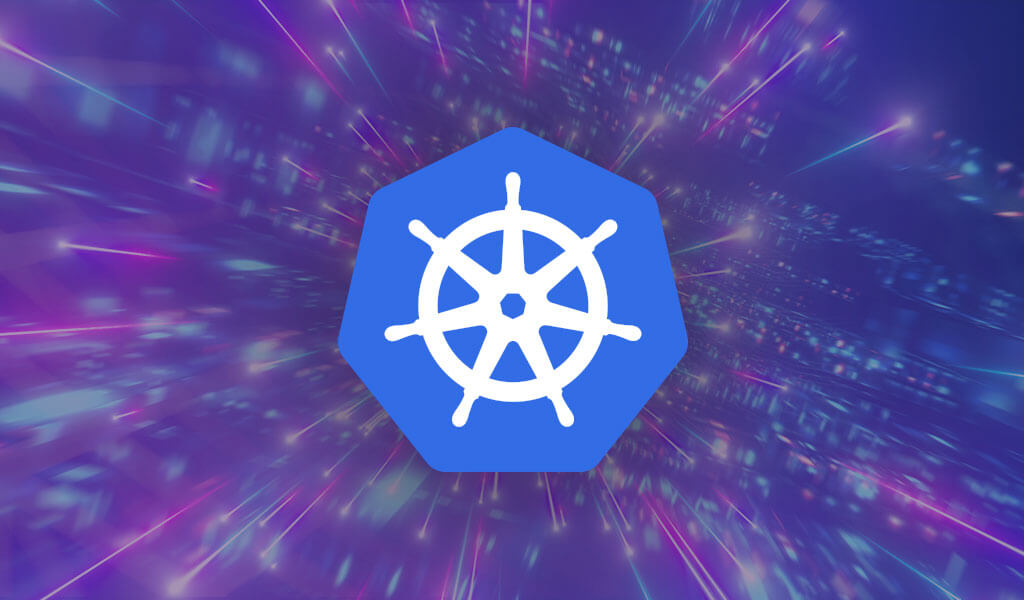Why Bare Metal Can’t Be Operated Like the Cloud (Yet)
There is a problem with bare metal management in our industry. We lack an end-to-end solution that provides a seamless managed operating model that automates the provisioning, deployment, and management of bare metal servers located anywhere. Whether it is a private cloud running Kubernetes or Virtualization in an on-premises data center, or a couple of
